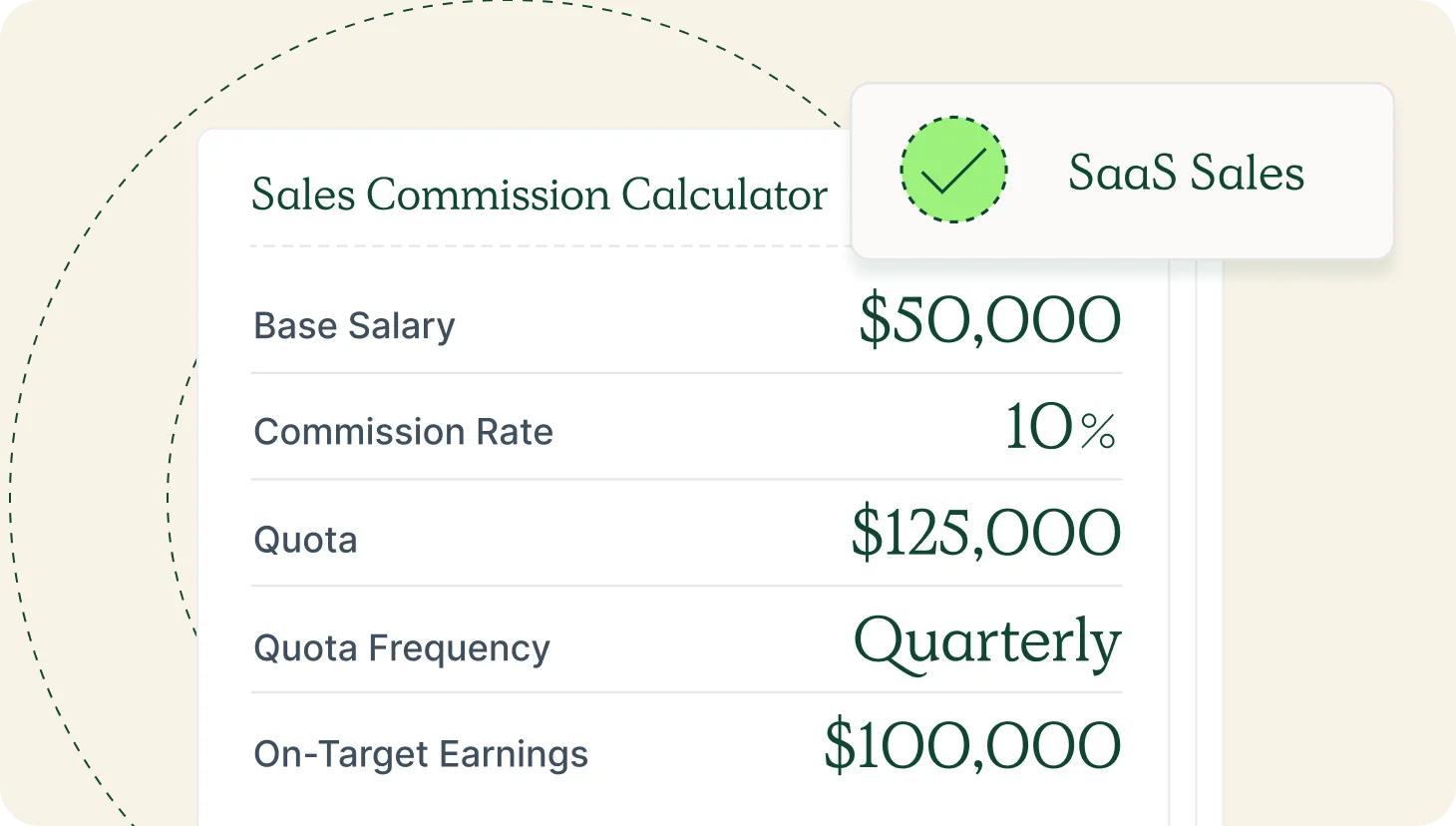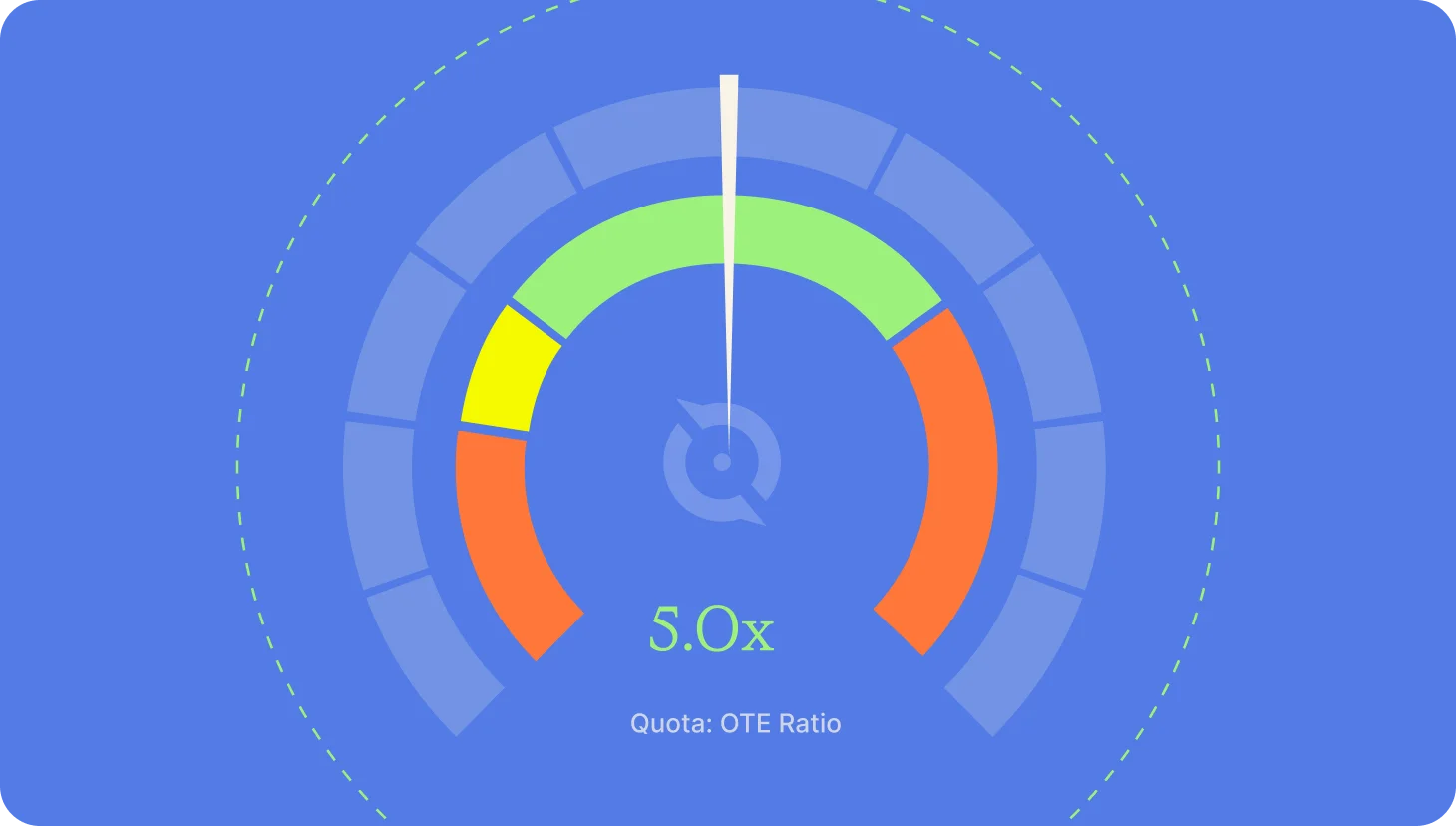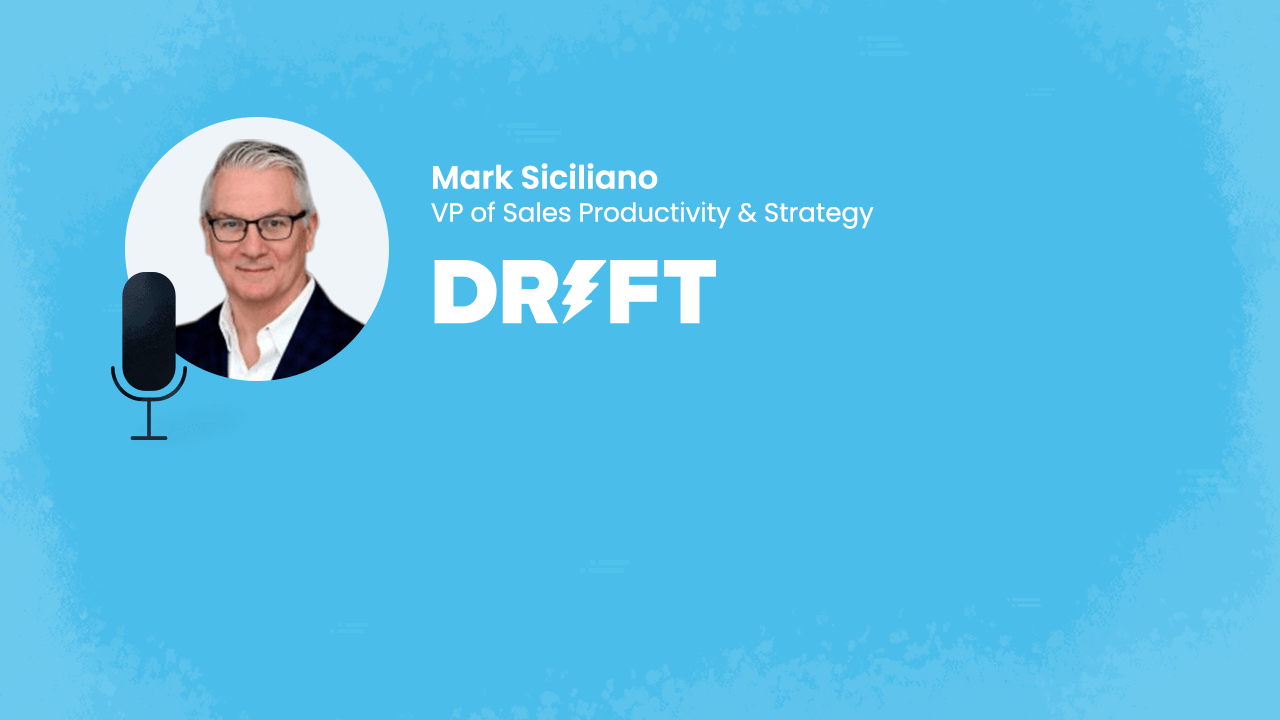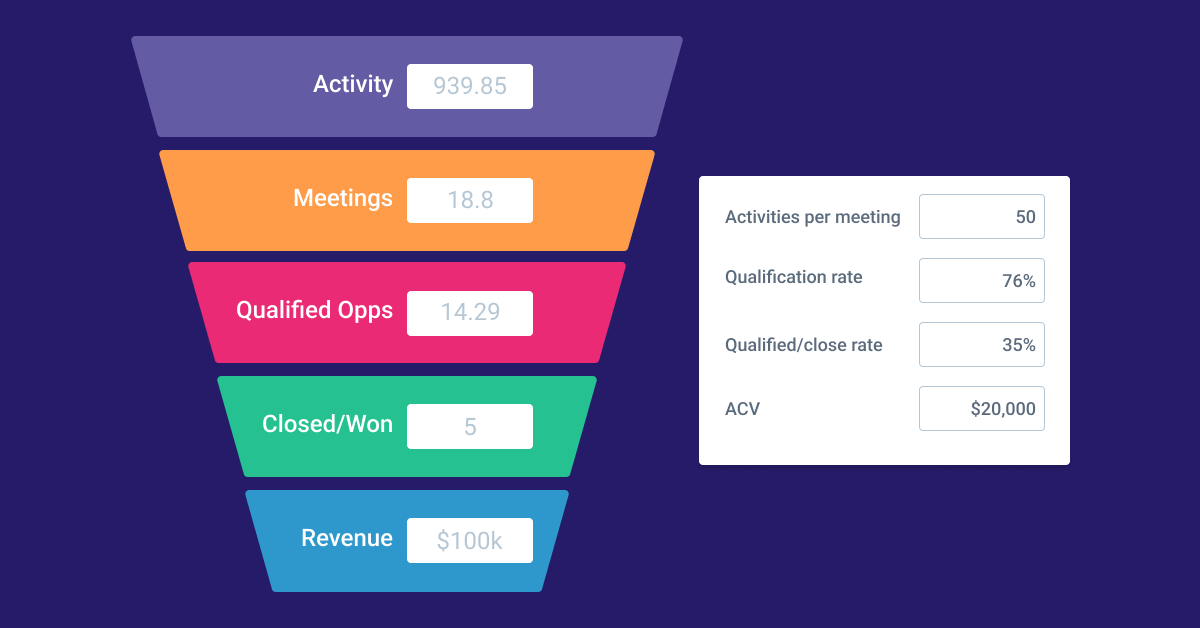
There’s a number in mathematics called Graham’s Number that is one of those absurdly large numbers that is used for some proof that I’m woefully underqualified to begin understanding.
This blog is about Graham’s Other Number — for the sake of simplicity just called Graham’s Number in this article. This is a number that I used while I was running an SDR team for a few years that helped me evaluate which segments of customers are most valuable. There is no good unit for Graham’s Number (you’ll see why in a moment) so I often put a G after the number so we know it’s a Graham’s Number value. I’ll talk about how to get this number, what it’s good for, how to utilize it for your business, where it fails, and complex variations.
How to calculate Graham’s Number
Without further ado, this is the equation for Graham’s Number.
Graham’s Number = (Average contract value * demo:close rate) / # of days in the sales cycle
Here’s an example: TrendRhino, a SaaS company, has an average contract value of $20,000. They have a demo:close rate of 15%. Their average sales cycle is 30 days.
So their Graham’s Number formula would be: (20000 * .15) / 30 = 100G
You might be asking “what are the definitions of ‘average contract value’ and ‘demo:close rate’?” Well, as you’ll see momentarily, it doesn’t matter — as long as you’re consistently using the same definition. Maybe ‘sales cycle’ for your organization means the number of days from first demo to signed contract. Maybe it means the day of the trial to invoice sent.
Why would I use Graham’s Number?
So we now know that TrendRhino has a Graham’s Number of 100G… so what? Well, this number doesn’t mean anything in a vacuum. Nor does it really make sense to compare two companies’ Graham’s Numbers. The real use of this number is when comparing two customer segments. So let’s take this example a bit further. TrendRhino sells to 2 different types of customers: brands and agencies.
Brands have an average contract value of $30,000, a demo:close rate of 10%, and an average sales cycle of 40 days: (30000 * .1) / 40 = 75G.
Agencies have an average contract value of $10,000, a demo:close rate of 25%, and an average sales cycle of 20 days: (10000 * .25) / 20 = 125G.
Now at first glance, you’d think that brands are the real money maker, they close at 3x the cost after all! However, if you look at the Graham’s Number for these two examples, agencies beat out brands drastically.
How to utilize Graham’s Number
Remember, Graham’s Number is designed to be used as a yardstick, a way of comparing two (or more!) different groups of accounts. So how best to utilize it? First, you need to figure out which different groups of accounts you want to compare. I encourage you to test your expectations. Don’t simply use the groupings you’re used to using historically. Here are some of the ways I would recommend trying to group your accounts:
- Company size
- Company revenue
- Company revenue
- Location
- Industry
- Funding amount/type
- Account score
- First point of contact’s title
Next, now that you’ve identified a few different ways you want to segment your accounts, run the Graham’s Number equation on all of them. Are there any outliers? Can they be explained away?
If you have found that, for example, Graham’s Number increases as the company size increases, you can improve your targeting to focus on those companies more.
Where Graham’s Number fails
If you made it this far and haven’t said to yourself “wait, hang on a second…” about anything I said, I appreciate your trust in me but you probably should be a little more skeptical. This model is far from perfect and it’s just one of many ways you should be analyzing your account list. Here are the other objections I often hear:
- “Sales cycle is too powerful in this equation!” Yep, it certainly can be. If you have some segments with a 5 day sales cycle and some with a 10 day sales cycle, the Graham’s Number will be 2x for the shorter sales cycle vs. longer. There’s a fix to this in the next section. However, keep in mind that if you have a 5 day sales cycle you can close a lot more deals in the same time frame as if you have a 10 day sales cycle, so you might not want to adjust.
- “This is an over-simplification!” Well yeah, sure, that’s intentional. I wanted a quick and easy way to evaluate account segments against each other. You can make it more complex if you want, check the next section.
- “Our demo:close rate is the same across all segments!” Wow, that’s awesome! Is there another number you could swap in for it? More below.
Complex variations of Graham’s Number
If you want to overweight/underweight sales cycle. The traditional format works best if you have sales cycles in the 30-180 day range. If you’re on 300 vs. 400 day sales cycles or 2 vs. 4 day sales cycles, the sales cycle component loses its effectiveness. Get ready, this is going to be a little complicated. Instead, you can chart your deals’ sales cycles on a normal curve and divide by the percentile of the sales cycle.
If you want to include additional components. Go for it! Just be careful to not over complicate it. One thing I’ve added in the past is the amount of time spent on an opportunity, signified by the number of meetings held on the opportunity. In that case, you would want a low number of meetings, so you’d divide the original formula again by the number of meetings.
If you want to remove a component. I wouldn’t remove a component without adding in another component. You could try adding in the number of meetings, the renewal rate of the accounts, or some other metric that is important to your company.
So there we go, sorry if you came here expecting an article on the “real” Graham’s Number, but hopefully, you now have another way of determining whether your account segmentation is working.













Recent Comments